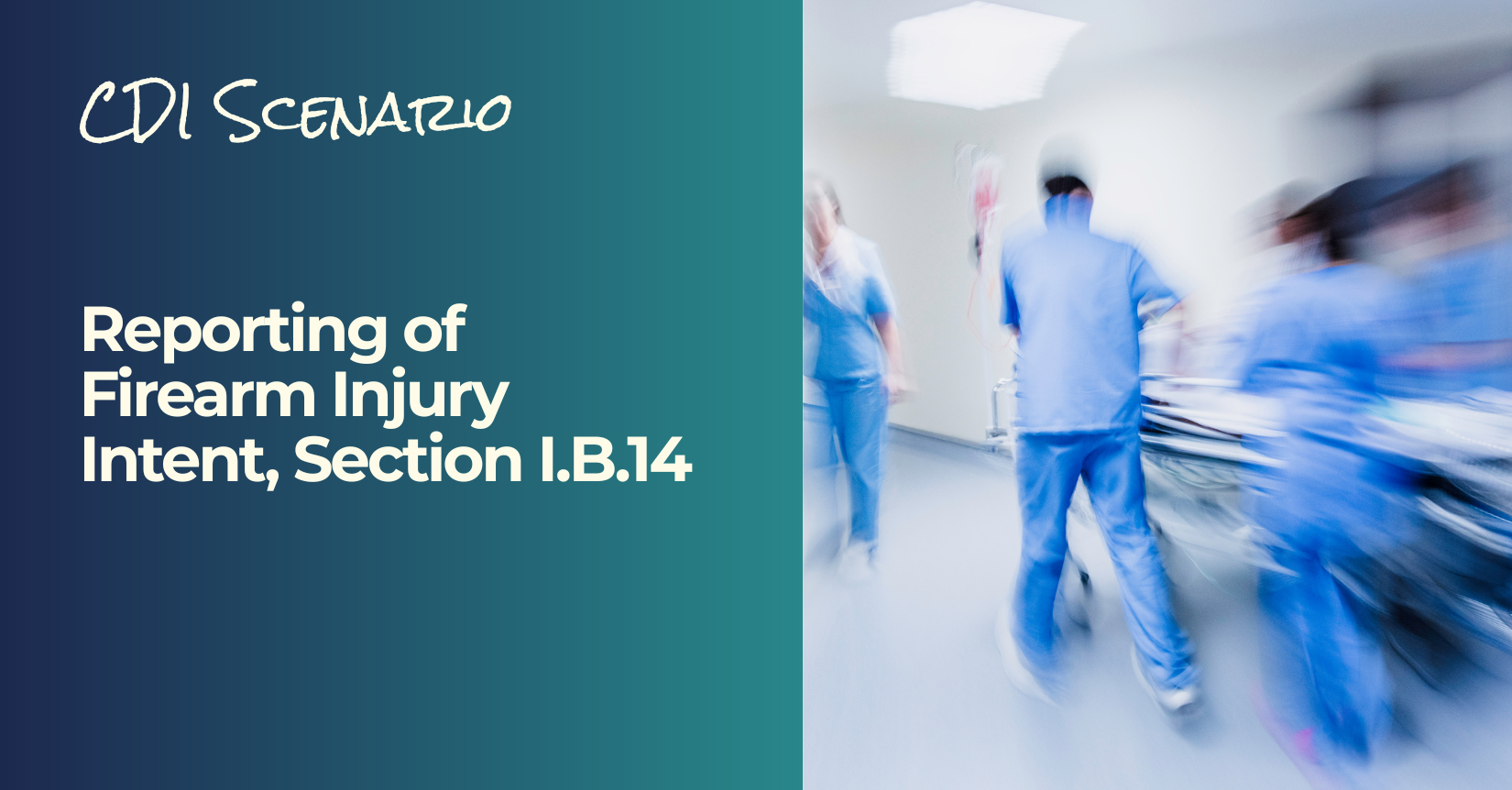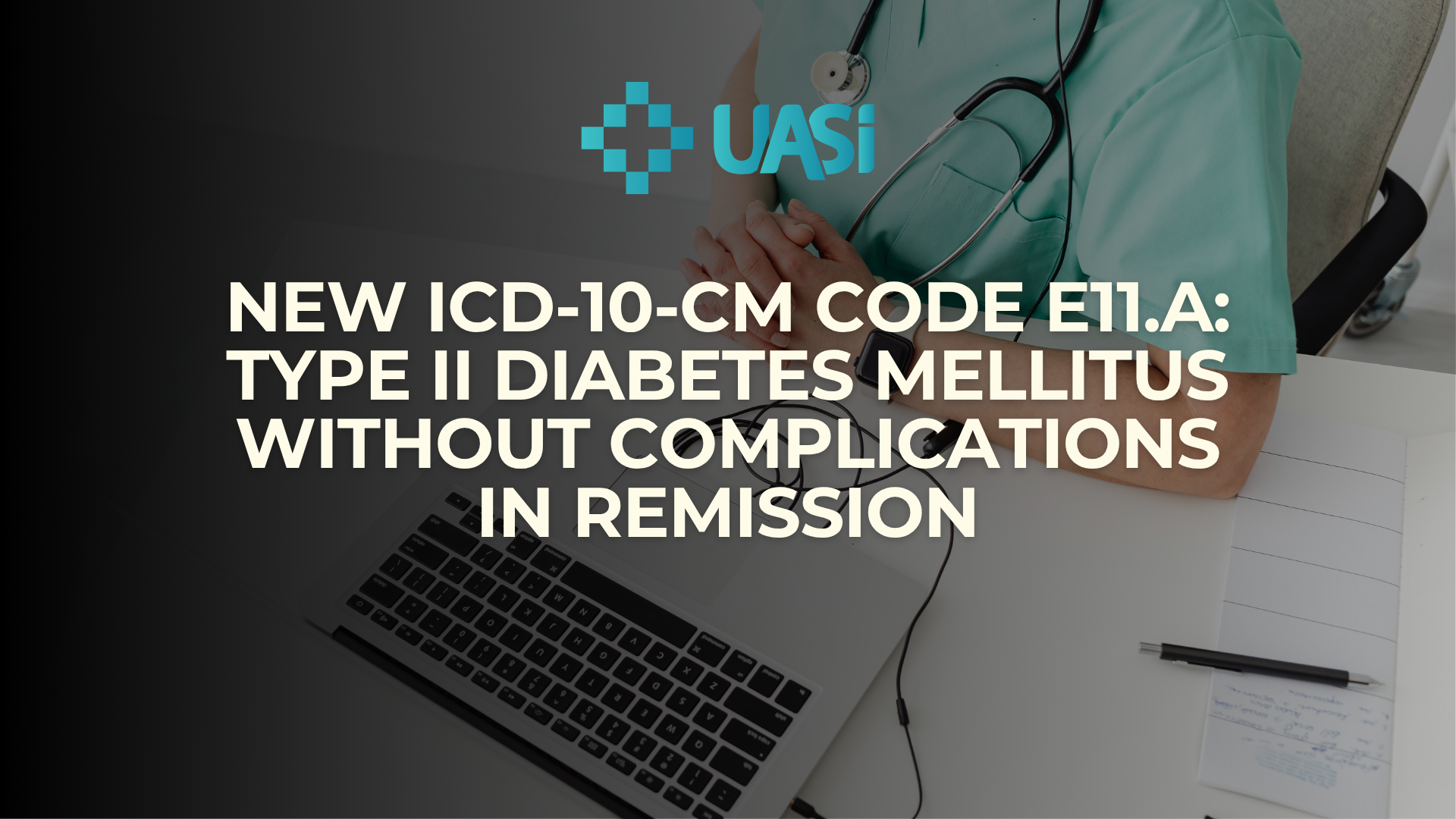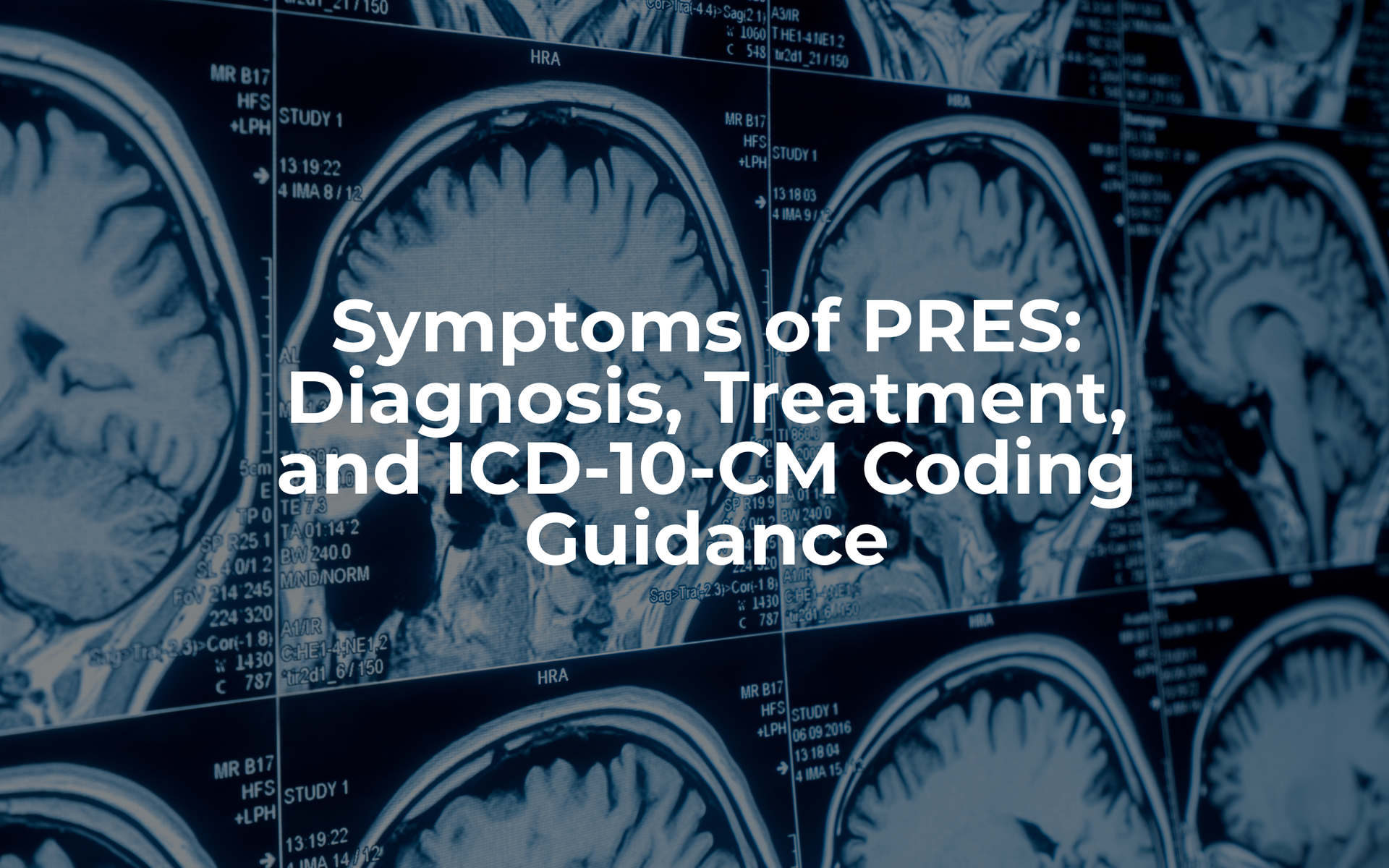January 27, 2025
5 Ways to Reduce Revenue Leakage in 2025
Taxpayers spend an average of $2.5 trillion overall for healthcare in the United States as the healthcare industry continues to face complex challenges in the coming year. While this is happening, providers feel the growing financial burden as tensions continue to rise between payers and providers. Understanding the current landscape will allow organizations, providers, and payers to proactively prepare their internal processes to meet industry needs and standards.
As a reference point, in January 2024, national health spending grew by 6.0% since January 2023 and represented 17.4% of GDP. Nominal GDP in January 2024 was 5.1% higher than in January 2023, growing more than 0.8 percentage points more slowly than health spending. The Health Research Institute (HRI) of Price Waterhouse Cooper recently predicted 2025 to have the highest medical cost trend in 13 years. HRI asserts that this trend is “driven by inflationary pressure, prescription drug spending and behavioral health utilization”. Even with the rising cost of healthcare, there is a decrease in overall revenue. What CFOs should be aware of is that this financial pressure will affect cash flow, reimbursement rates, and the ability to maintain margins.
Each day, we’ll be highlighting a critical area that mid-revenue cycle leaders should prioritize to prepare for these market shifts and reduce revenue leakage in 2025.
The 5 areas we’ll cover include:
#1 SDoH and Reimbursement Impact
#2 Tackling the Growing Threat of Claim Denials
#3 Avoid Costly Recoupments & Identify Missed Reimbursement Opportunities
#4 Harnessing Artificial Intelligence
#5 Reduce Penalties Through Accurate PSI Reporting
#1 Social Determinants of Health (SDoH) & Reimbursement Impact
The current focus on Social Determinants of Health (SDoH) will continue into 2025. The Inpatient Prospective Payment System (IPPS) final rule provided some good news related to SDoH. CMS plans to increase the federal standard rate by 2.9%. Part of this increase is a change in severity assignment for some SDoH codes. Specifically, treatment plans or encounters related to inadequate housing or housing instability will become a CC (Comorbidity Code) in 2025. The rationale for the changes in severity is due to the anticipated higher than average resource costs associated with these patients.
According to the U.S. Department of Health and Human Services, “In the FY 2024 IPPS final rule, CMS finalized a policy change to recognize the higher costs that hospitals incur when they provide hospital services for individuals experiencing homelessness. Building on this policy and the Biden-Harris Administration’s initiative to address unsheltered homelessness, CMS is taking an additional step to better account for the resources involved in furnishing care to individuals experiencing housing insecurity, meaning that hospitals will generally receive higher payments when a patient is experiencing housing insecurity.”
Healthcare leaders in the mid revenue cycle can reduce revenue leakage by focusing on accurate documentation and coding of SDoH. In particular, accurate documentation related to housing insecurity should be a critical focus as the 2025 IPPS changes will increase reimbursement rates for these patients. Accurate documentation of SDoH codes will not only improve reimbursement but also help address the higher resource costs associated with treating this patient population.
Read our recent article on SDoH to learn more! SDoH Can Make a Big Difference in Patient Care and Reimbursement
#2 Tackling the Growing Threat of Claim Denials
As we move into 2025, claim denials are expected to remain a significant challenge for healthcare providers and organizations. Denied claims disrupt cash flow, create additional administrative burdens, and can even impact the quality of patient care. According to a recent survey by Experian Health, 38% of healthcare professionals reported that one in every ten claims is denied, while 73% noted that denials rates are on the rise. This increase of denials is putting additional strain on already overburdened healthcare systems and making it harder for providers to maintain operational efficiency.
Most healthcare systems are struggling to address the growing volume of claim denials, and because of the administrative burden, fixing the root cause is often overlooked. With increasing claim volumes and complex payer requirements, healthcare providers are overwhelmed by the sheer number of denials in addition to the need to meet multiple deadlines for denials appeals. Compounding this challenge is the lack of specialized expertise in handling claim denials, which makes organizing the workflow and managing the appeals process difficult. Healthcare organizations that fail to address their claim denials are left vulnerable to revenue leakage through missed opportunities for reimbursement.
Conducting a denials program assessment is a necessary first step in understanding the root causes of denials and identifying areas for improvement. An assessment can help organizations gain insight into denials trends, develop targeted strategies to reduce denials, and identify ways to implement more efficient workflows. Additionally, an assessment can help identify where education and training are needed to improve accuracy and prevent denials altogether. Many systems find it difficult to even address all the denials as they come in, so they find it challenging to conduct an assessment. Partnering with a third-party authority can help with capacity to get an assessment completed but also provide an objective perspective. In addition, an outsource partner and/or implementing A.I. can help alleviate the burden and cover more volume. An assessment can help identify the best options to solve the problem.
#3 Avoid Costly Recoupments & Identify Missed Reimbursement Opportunities
In 2024, the Office of Inspector General (OIG) identified several areas in healthcare billing that could cost the American taxpayers billions of dollars in recoupments. To note, the OIG conducts audits to ensure that healthcare claims are compliant with federal regulations. For example, one of the significant findings from the OIG in 2024 was noncompliance with the “two-midnight rule”, which requires a patient’s hospital stay to span two midnights to qualify for inpatient payment.
In 2025, OIG audits are expected to continue focusing heavily on validating claims data, ensuring accurate code assignment, and confirming that clinical documentation supports medical necessity. Healthcare systems must prepare for increased scrutiny of their claim’s data.
Without a process in place to identify discrepancies in documentation early on, healthcare providers risk triggering unnecessary OIG audits, which could result in costly recoupments. Often, third-party audits are conducted too late once discrepancies have already led to compliance issues and financial loss. This reactionary approach can be avoided by completing preemptive reviews and audits before an official OIG audit occurs.
To stay ahead, healthcare organizations must shift their mindset from a reactive to a proactive approach. By conducting regular, ongoing audits or reviews, providers can identify risks and address pitfalls before they escalate into major compliance issues. Furthermore, healthcare systems who elect to conduct proactive 3rd party audits, should view them not merely as a tactic to avoid OIG audits, but as a larger, strategic move to boost ROI by ensuring accurate coding and reimbursement opportunities. Preliminary audits arm healthcare systems with the information and resources to comply with federal regulations while discovering opportunities for increased revenue.
#4 Harnessing Artificial Intelligence
In utilizing vast amounts of data, A.I. can be harnessed to increase productivity. With these advancements and their impact on the revenue cycle, it is leaving industry experts wondering how the function of accurate code assignment will look in the future. In addition, for smaller healthcare organizations with lower patient volumes, the adoption of A.I. may seem out of reach. This leaves many leaders in the mid revenue cycle uncertain about how to begin integrating these technologies into their operations.
As the technology develops and improves, A.I. has the potential to reduce administrative burdens and address the complexity of billing and coding accuracy while improving patient care. These potential improvements could impact the financial health and sustainability of hospitals and physician groups nationwide. To combat healthcare’s rising costs, increase in payer denials, and the need for accurate code assignment, the integration of AI into the revenue cycle will likely become a key competitive differentiator for healthcare organizations in 2025.
While the integration of A.I. in CC (Code Capture) has become more widespread, the technology often requires significant volume, so many smaller healthcare facilities have yet to benefit. In addition, the more complex aspects of coding still require human oversight and expertise. The challenge that many health systems face is in regard to identifying the right tool and how to begin integrating new tools into an already established workflow. Partnering with firms that can assist in evaluating AI tool options, help healthcare facilities manage the people processes, and develop the roadmap associated with these new technologies to ensure ROI, is worth consideration. Short term spend for long-term benefits.
#5 Reduce Penalties Through Accurate PSI Reporting
Patient Safety Indicators (PSIs) are a set of measurement tools developed by the Centers for Medicare and Medicaid Services (CMS) to track adverse patient outcomes, such as hospital-acquired infections, falls, and other complications. These indicators are used to assess the quality of care provided by hospitals and highlight areas where patient safety can improve. Hospitals are required to report PSIs to CMS as part of their participation in Medicare and Value-Based Care programs.
PSIs directly impact revenue through penalties and reduced reimbursements. Hospitals with high rates of hospital-acquired conditions are penalized with lower reimbursements, particularly if they rank in the bottom 25% of PSI 90 scores. Despite improvements in PSI reporting, CMS consistently penalizes the lowest performing facilities. In addition, as the healthcare industry continues shifting to Value Based Care (VBC), a portion of Medicare reimbursements will continue to be tied to PSIs making accurate PSI reporting more crucial than ever. It bears mentioning that public PSI data can also harm a hospital's reputation, leading to reduced patient volume and further revenue loss.
To reduce revenue leakage caused by inaccurate PSI reporting, healthcare systems must focus on improving the accuracy of their documentation and coding. Many reported PSIs can be avoided if accurately documented, especially by drawing on the knowledge of Clinical Documentation Integrity (CDI) and Quality experts. For example, establishing accurate present on admission (POA) status through simple queries can remove patients from specific PSI categories. In addition, understanding the specific exclusion diagnoses for PSIs, like those related to elective surgeries, can prevent inaccurate PSI reporting.
Want to learn more about Patient Safety Indicators? Read our lates article on PSIs to learn more:
Patient Safety Indicators: Aligning CDI and Coding with Quality Goals













